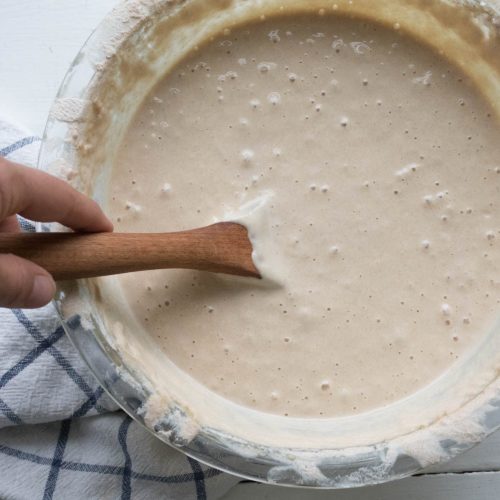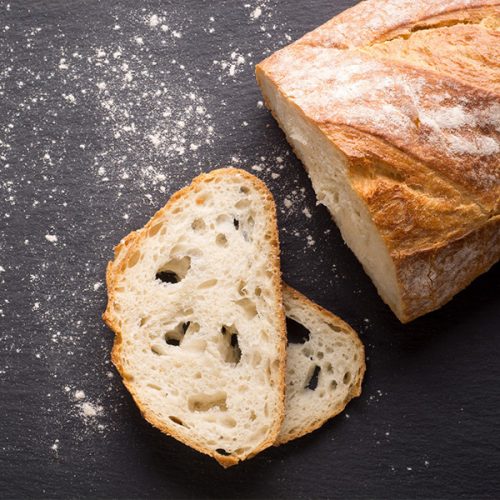Read Our Blog

Our Wild Fermented Yeast Sourdough Starter
What Is Wild Fermented Yeast or Sourdough Starter?
The Stone House Bread Difference
What is Wild Fermented Yeast? It is a type of organism that obtains energy from carbohydrates and produces carbon dioxide and alcohol. Microbes of the species Brettanomyces exist naturally and can be sourced from nature, your house, and even your body. Making a sourdough starter will capture the wild yeast and the subsequent CO2 and alcohol output will help to give bread its crunchy outside texture and allow for fermentation.
We wild ferment each delightfully tangy sourdough loaf with a SLOW method mastered through years of experience. Sourdough is a slow process and so is building a STONE HOUSE but it is worth it!!
You can purchase our artisan made bread loafs here.
Wild Fermented Yeast or Sourdough Starter vs. Commercial Yeast: What’s the Difference?
What’s the difference between commercial and wild fermented yeast?
Before making baked goods, the individual baker first captures and grows wild yeast. Wild yeast can vary in terms of flavor and its effect on the finished product, unlike baker’s yeast (Saccharomyces cerevisiae), which are single-strain yeasts cultivated to produce consistent results and flavors. Different batches of bread, wine, and beer have unique flavors due to the use of wild yeast, which is a component of the natural environment.
Since it is inconsistent, it is not frequently used commercially. Compared to most other breads, wild fermented sourdough artisan bread is much healthier and easier to digest.
What is the difference between Short and Slow Fermentation?
Short Fermentation
Leavening agents, like baking soda and commercial yeast, can quicken the baking process. Meaning bread and other baked goods can be produced at a faster rate, suitable for larger commercial brands.
Using a short fermented sourdough starter gives baked goods that don’t need much rising time a sour flavor.
Slow Fermentation
With more time, the sourdough can work on the bran of the grain, breaking it up making it more easily digestible.
Making bread with wild fermented sourdough delivers a flavor that can’t be achieved by standard commercial bread that use baking soda as the leavening agent.
Outside leavening agents are not necessary. Simple ingredients like flour, water, starter, and salt can be used to make bread. Yeast produced by this method provide a natural leavening agent, making outside agents unnecessary.
Less time will be spent working the dough, and more time will be spent letting the sourdough do the work. Because fermentation aids in the process, it also enables the gluten to form a stronger web. The gases produced during the rise time will then be trapped in this web, resulting in a fluffy loaf with minimal kneading.
Our breads are artisan made, with love and attention, giving you the best, healthiest option. So next time you are at the grocery store, you can easily make the healthier choice by recognizing what goes into the bread making process.
READ OUR OTHER POSTS




